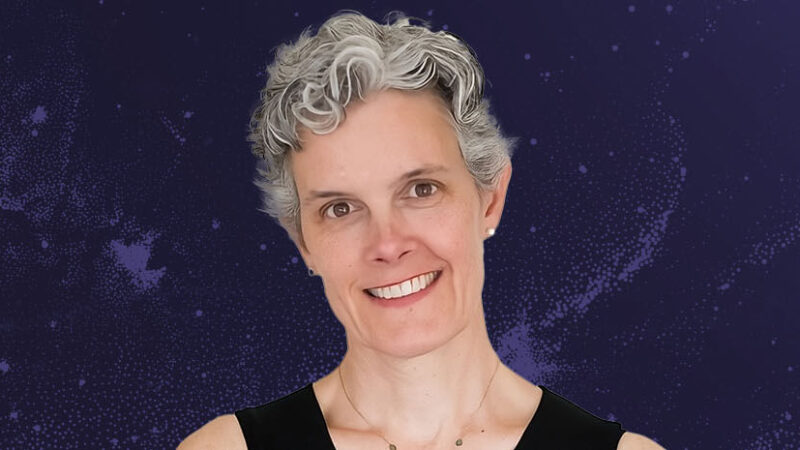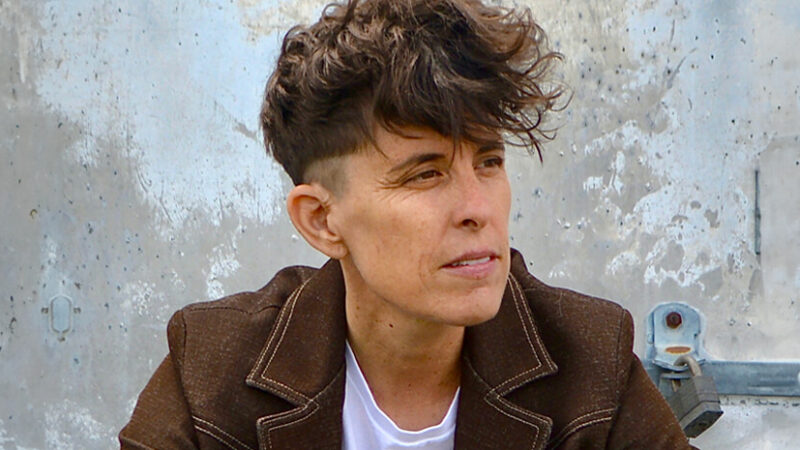Lessons from Centenarians
During the process of researching the roots of biocognitive science, neuropsychologist Mario Martinez interviewed dozens of centenarians—people who live healthily past 100. In the second part of their conversation about Mario’s new book, The MindBody Code: How to Change the Beliefs that Limit Your Health, Longevity, and Success, Mario and Tami Simon discussed these centenarians and the four essential beliefs that they all share. They also talked about the different ways that various cultures view aging and how these views impact health. Finally, Mario and Tami spoke on forgiveness and its potential to positively affect our well-being. (61 minutes)









